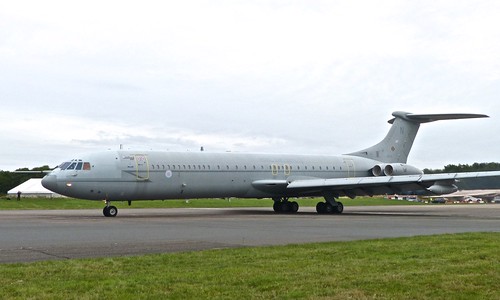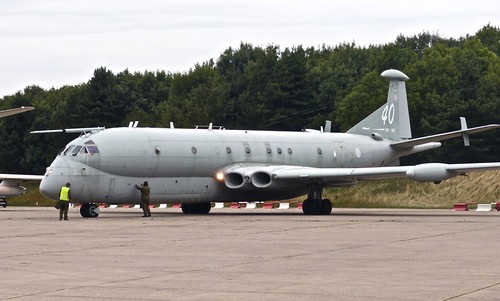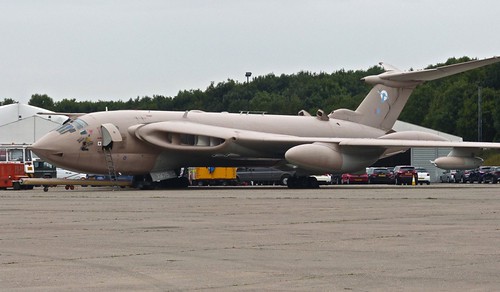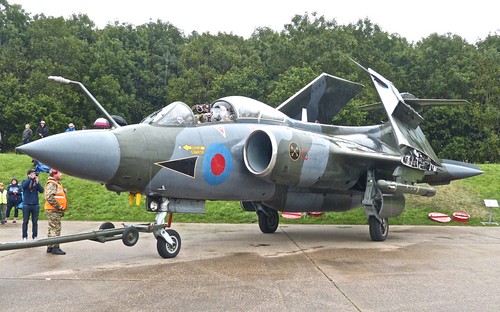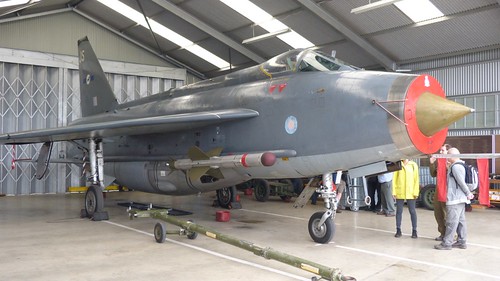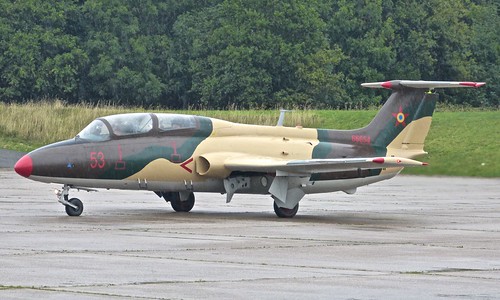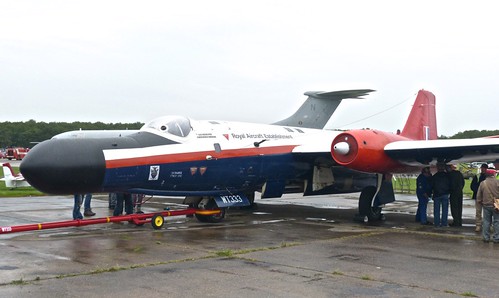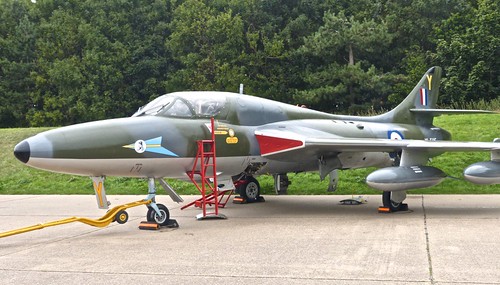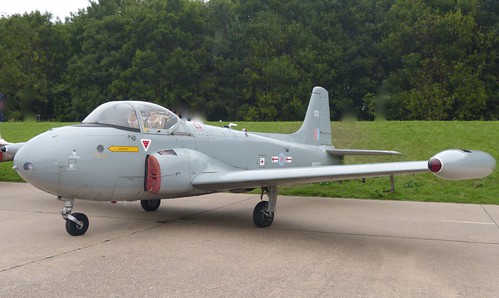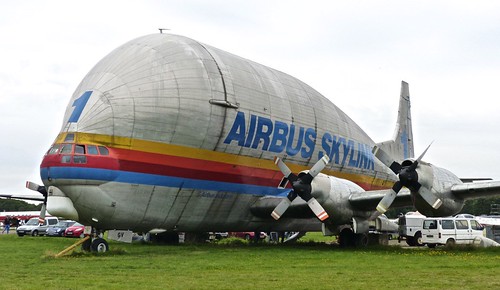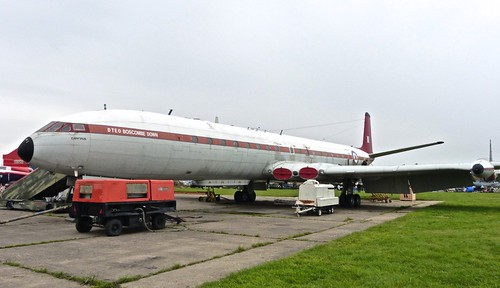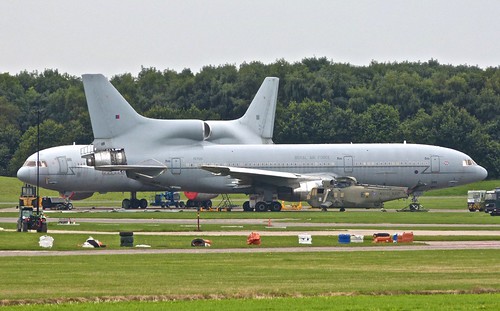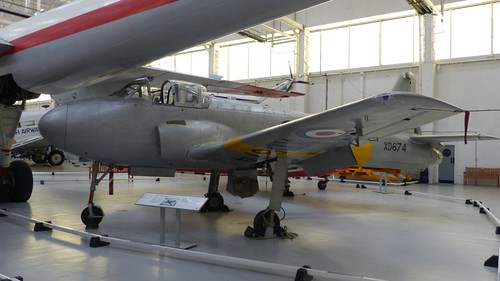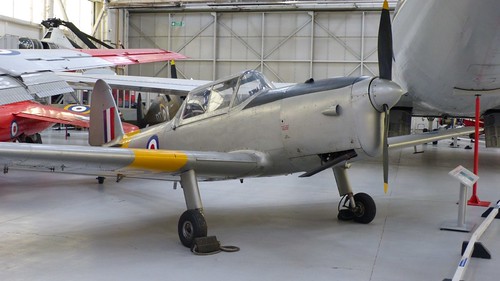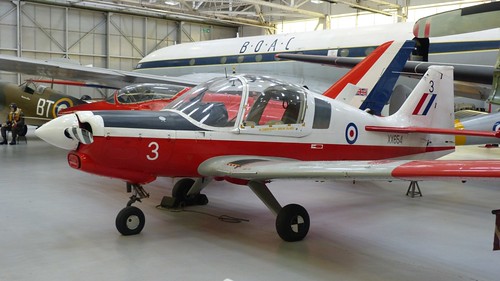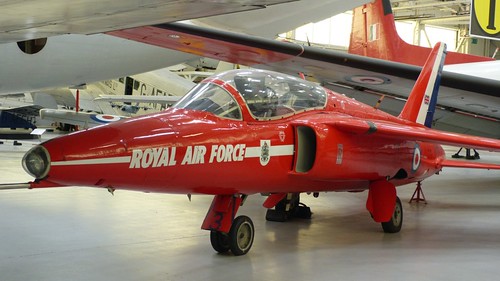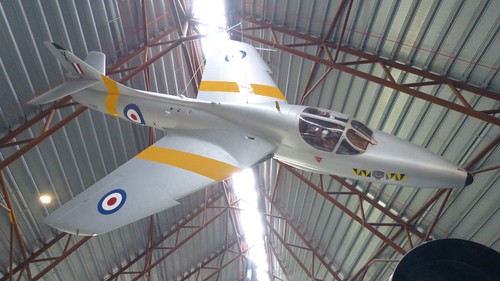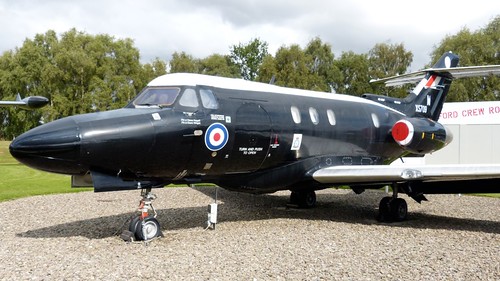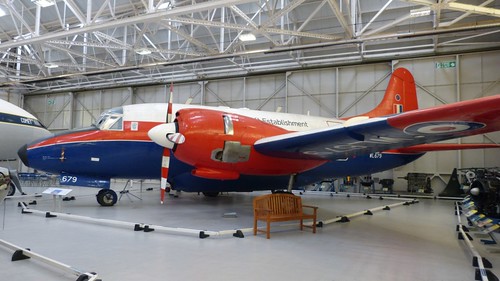Located South of Leicester, the present Bruntingthorpe Airfield opened as RAF Bruntingthorpe in 1942 and in its service days served both the RAF and the USAF.
These days it serves a multitude of purposes ranging from storage facility to a flight test centre.
Several times a year some of the veteran aircraft that are based there are allowed to perform a fast taxi down the runway and at the point of becoming airborne, their throttles are closed and instead of taking off, they come to a gentle halt.
It might sound frustrating, however the attending enthusiasts (and there are many) are treated to the sight and sound of multi engined aircraft at some speed.
Not as good as seeing the aircraft in the air but the next best thing.
ZD 241
A Vickers Super VC-10 1151
Built in 1968 as G-ASGM an airliner for British Overseas Airways Corporation (BOAC) being delivered in March of that year.
Withdrawn and sold to the RAF in 1981, It was stored at Abingdon until 1991 when it was ferried to Filton (Bristol) for conversion to a K4 Tanker for the RAF which was completed in 1995.
It was finally withdrawn and flown to Bruntingthorpe in March 2013.
XV 226
A Hawker Siddeley Nimrod MR 2.
It was built in 1968 as Maritime Reconnaissance (MR)1 and was one of 35 that were re built to MR 2 standard in the late 1970’s.
It was retired and came to Bruntingthorpe in April 2010.
XM 715
A Handley Page Victor K2.
Built in 1962 as a B2 bomber.
It was delivered in December of that year to 100 Squadron (Sqn). Later it went to 543 ‘Sqn’ before conversion to a K2 Tanker started in 1970 which was completed in 1975.
As a K2 it served with No.s 55 & 57 ‘Sqns’. until withdrawal in 1993 and preservation at Bruntingthorpe in that year.
XW 544
A Hawker Siddeley (originally Blackburn) Buccaneer S2B.
Built and delivered to the RAF in June 1972. It served both both 15 and 16 ‘Sqn’ at Laarbruch in RAF Germany.
The entire Buccaneer fleet was grounded for 6 months in 1982 following the crash of
XV 345 whilst in the USA.
It continued with 15 ‘Sqn’ until 1982 when it was withdrawn and became ‘Maintenance Airframe’ 8857M.
Finally withdrawn in 1985 and sold into private ownership.
It came to Bruntingthorpe in 2004.
XR 728
An English Electric Lightning F6.
First flew in March 1965 and was delivered to the RAF’s 23 ‘Sqn’ at Leuchars in November 1967.
A major overhaul followed in 1971 before joining 56 ‘Sqn’ at Wattisham in 1975 then on to 5 ‘Sqn’ at Binbrook in 1978.
Finally moving to XI ‘Sqn’ before withdrawal and coming to Bruntingthorpe in June 1988.
66654
An Aero L-29 Delfin
A 2 seat jet trainer built in Czechoslovakia.
Seen in Romanian Air Force colours.
WT 333
An English Electric Canberra bomber.
Built as a B(I)8 model in 1956 and delivered to the Armament Department of the ‘Royal Aeronautical Establishment ‘ (RAE) as a trials machine.
It spent its working life with various Experimental and Research units including the ‘Weapons Research Establishment’ and the ‘Radar Research Establishment’ before being sold as G-BVXC to ‘Classic Aviation Projects’ in 1995.
Its final flight (to Bruntingthorpe) was on 9th. January 1995 where after being sold again it is still maintained in taxi-able condition.
XL 565
A Hawker Hunter T.7.
Built at Hawker’s Kingston on Thames factory in 1958 being the third T.7 to be built.
After being used by ‘Rolls Royce’ on engine development work it was used initially by the RAF with various Squadrons in Aden.
Repatriated to the UK in 1965, after overhaul it served at RAF Valley as an advanced trainer and with 237 Operational Conversion Unit for training Buccaneer pilots.
Between 1981 and 1984 it was in use by the Royal Navy’s ‘Fleet Requirement Unit’ at RNAS Yeovilton.
It then went to the ‘Institute of Aviation Medicine’ unit at Farnborough before being retired from service at RAF Lossiemouth in 1993.
After a number of civilian owners, the aircraft came to Bruntingthorpe in 2002 where it was restored to taxi-able condition in the livery it had worn in Aden.
Quite a career !.
XP 672
A Hunting Percival Jet Provost T.4
Built for the RAF in 1962.
Serving with a variety of training units including No. 2 ‘Flying Training School’ at Syerston, ‘The College of Air Warfare’ at Manby and the ‘School of Refresher Flying’ at Leeming it became ground instructional airframe 8458/C at Halton in 1989.
Sold as G-RAFI, after various owners it came to Bruntingthorpe in 2011.
F-BTVG
Developed from the Boeing C-97 which in itself was derived from the Boeing Stratocruiser. This In turn was a new fuselage wedded to the tail, wings and engines of the Boeing B50 which was a derivative of the B-29. The 'Atom Bomber'.
Further developed with turboprop engines, a new tail and an enormous fuselage extension to become the ‘Super Guppy’
Used by ‘Aero Spacelines’ to deliver outsize loads.
G-CPDA
A De Havilland DH-106 Comet 4C.
It first flew in September 1963 as XS 235 and was delivered to the ‘Royal Aircraft Establishment’ (RAE) in December of that year. Named ‘Canopus’, whilst there.
It served for many years at the ‘Aircraft and Armaments Research Establishment’ at Boscombe Down from where it was retired in 1996.
Its last flight was to Bruntingthorpe on 30th. October 1997.
ZE 705
A Lockheed L-1011 Tristar
Built for ‘Pan American ‘and delivered as N509PA in July 1980 as ‘Clipper Golden Eagle’.
To the RAF in July 1984 for conversion to C2 tanker. It came to Bruntingthorpe in March 2014 for storage along with 5 others.
It was re-registered N703CS to ‘CSDS Aircraft Sales & Leasing’ in May 2014.
It is presumed that eventually the aircraft will be exported to the USA. Maybe for further service??

